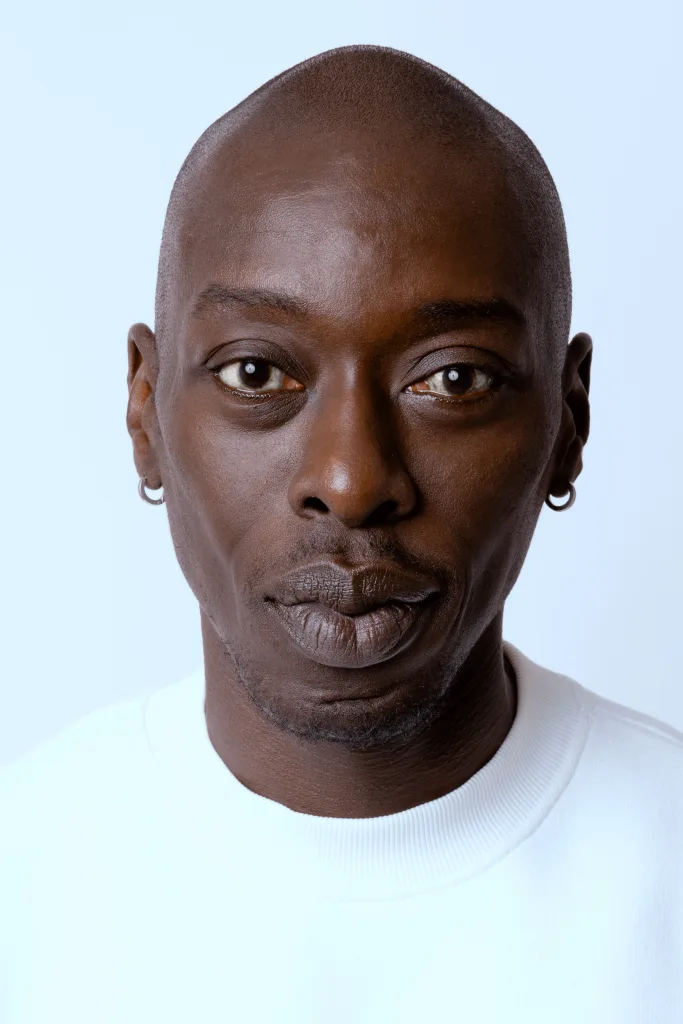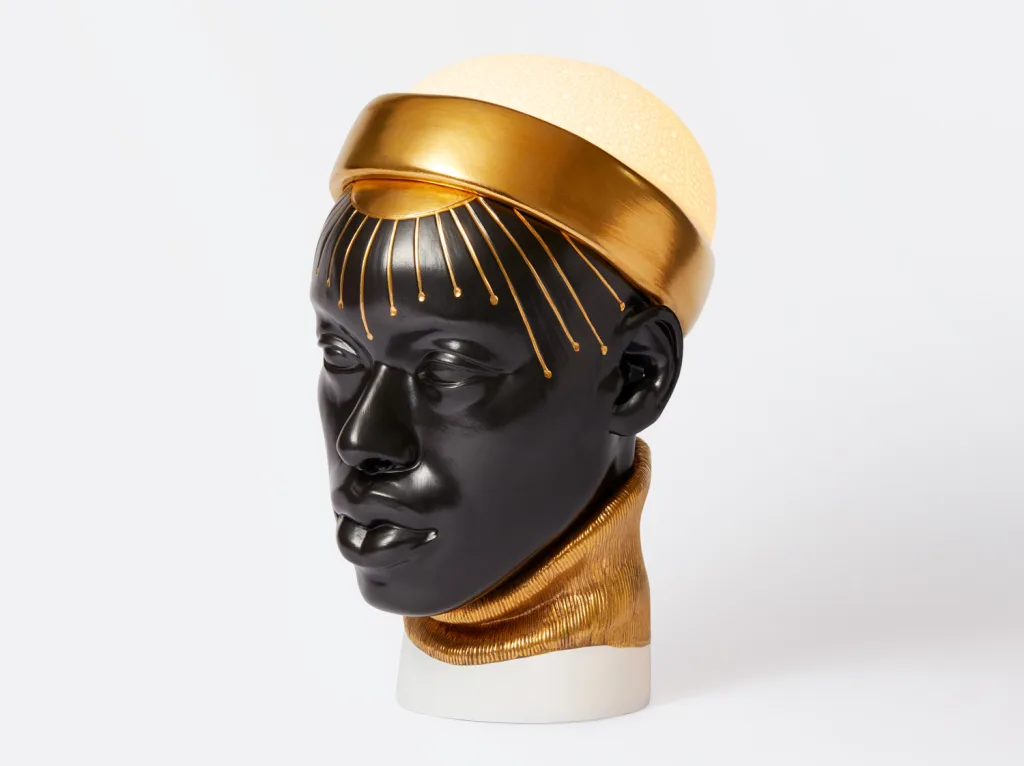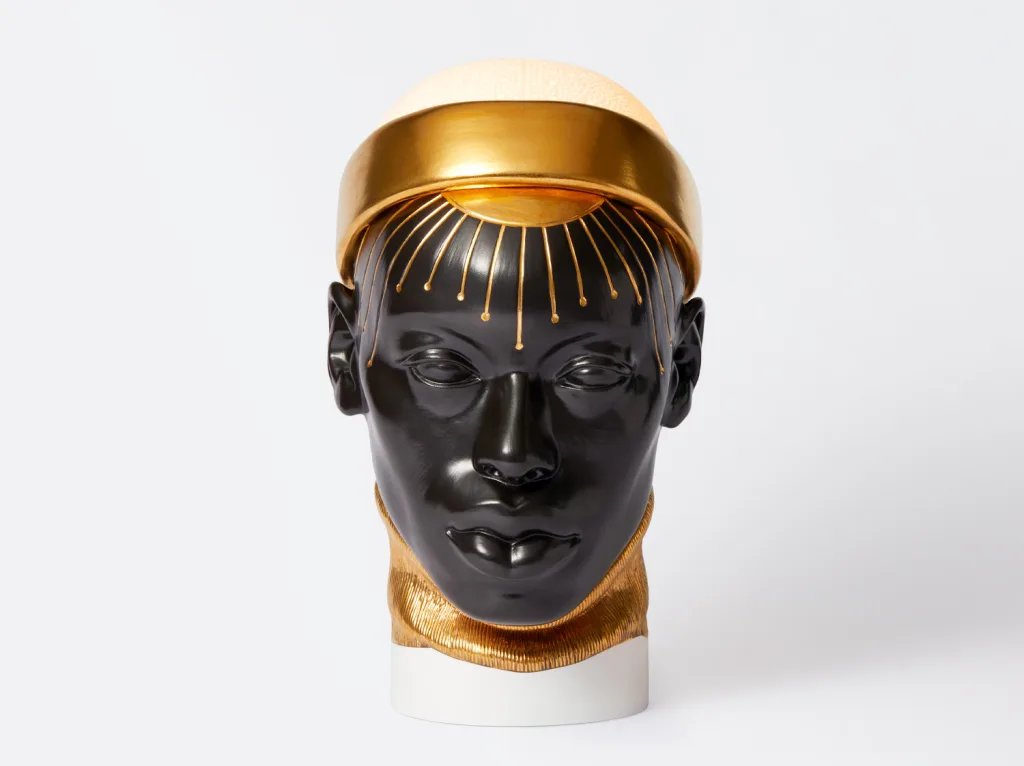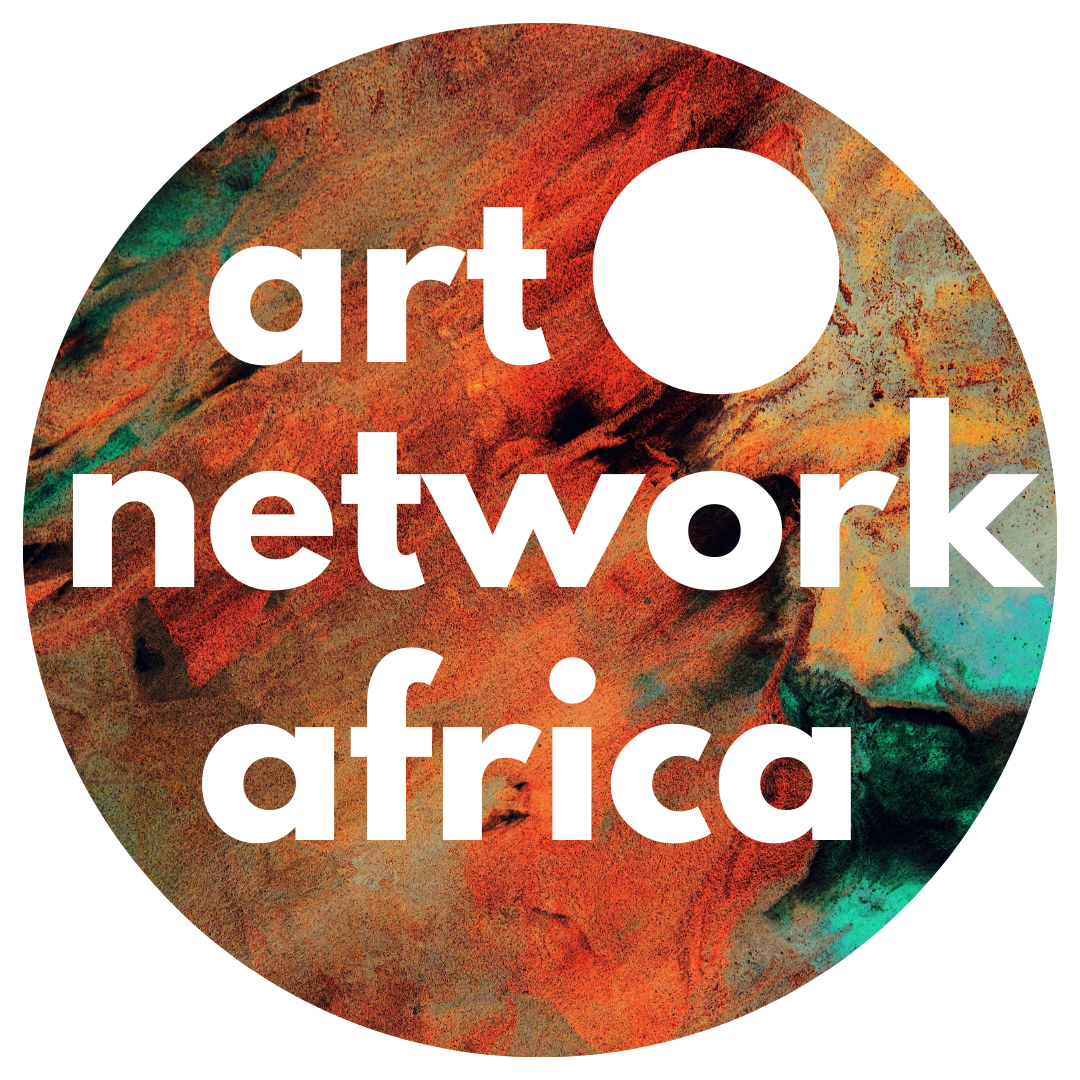Omar Victor Diop is an acclaimed and talented Senegalese artist, he has been a residence of Paris for the last few years and has recently ventured into another medium, aside from his usual stunning photography – porcelain sculpture. In collaboration with the esteemed Parisian brand Bernardaud, Diop walks us through the inspiration and process of his latest project.
A.S: “Touki” marks your first expression in 3-dimensional work — what drew you to explore this particular medium at this point in your career?
O.V.D: I had always wanted to do something different. You always want to explore new territories. I started with pure photography, pure portraiture, back in the days in Dakar. I moved to self portraiture, then I started adding collage into my practice. I wanted at some point to do something that people could hold in their hands. I think it’s also probably due to my relocation to Paris.
It’s a city where art is everywhere. It’s very inspiring and there is a long tradition of three dimensional art. When this opportunity came up, Bernardaud offered me the possibility to collaborate with them. I thought that keeping the practice of self portraiture but translating it into porcelain was an interesting challenge and I’m glad we made it happen.
The tradition of the black, the head of a black person in the form of a statue is omnipresent. The discourse behind it, I really wanted to change it. I sort of wanted to do a reappropriation of that tradition and tell a different story with it.
Obviously the heads of Moors that you see in the museums and in the old collections are often heads of slaves or heads of, a certain Orientalist vision of the black body. I wanted to give it a different meaning, a different symbolism. I chose to portray, it’s not really a self portrait, yes, it’s my face, but it represents the African youth, all this black youth and all the youth from the global south that is now in the diaspora that is travelling the world to find better conditions of living or to just be free or safe.

A.S: What challenges or surprises did you encounter transitioning from photography to 3D art?
O.V.D: Coming up with the idea was the main challenge because obviously, when you look at what Bernardaud is known for, it’s a more traditional type of art, plates and vases. So everything that you can make in porcelain for a house. It’s very upscale, very traditional, and it’s very bourgeois. For them to follow me in this project that is a thousand miles away from what they normally do, was great.
For me to come up with that idea, it did take some time because I couldn’t find what to do when they offered to collaborate with me. Once I got the idea, the technical process also was complicated because it’s not only a sculpture, but it’s also a lamp. When you touch the upper part of the head, it lights up. There is this LED technology that is inside the head that was quite complicated to come up with. There’s a lot of engineering, so everything is molded, hand painted and assembled. All 199 pieces are handmade.
Thankfully, I didn’t have to do it myself because I wouldn’t know how to do it. My participation was more the design of it and, of course, the conceptual element.

A.S: How was it working and collaborating, you being the visionary and having someone else directing them to make sure it comes to life the way you have it in your mind’s eye?
O.V.D: What made it easy is that they are very open minded and they are very skilled. We had a lot of time. We weren’t working on a time frame. We’d say to each other from the beginning that it would take the time it needed to take. There has been a lot of back and forth. They’re not based in Paris.
They’re based in another city. I traveled a lot by train. I went several times to the factory where the piece was made. A lot of trials, a lot of versions. It was actually great to see how dedicated they were to make this exactly the way I wanted it. It took some time, but it wasn’t painful.
A.S: What do you want the audience to take away from this?
O.V.D: I want them to see the face of a proud African man who’s traveling the world, holding his head high. I want them to see dignity, hope and I also want them to see the beauty of collaboration. Worlds that have nothing to do with each other can actually blend and create artwork.
A.S: What would you say to other people who are not familiar with African heritage?
O.V.D: As an artist, I also try not to be too directive about the way I want people to see the artwork. I also let people have their own interpretation, that’s the thing with art. When you produce an artwork, it’s not yours anymore, and people see what they want to see. I think what people get is that it has African symbolism like the scars on the face.
It’s something that is typically African that you find in Nigeria, Senegal, Guinea, all over Africa. Scarifications are something that is a tradition, and people get it. Obviously, the features of an African man, but he’s wearing a turtleneck and a beanie. It’s a modern take of it. It shows that it’s a contemporary piece. For me, it’s important for us to represent ourselves in modernity. Most of the depictions of Africans are sometimes more cliche. I wanted it to wear the clothes that I normally wear in my life.

A.S: What did it mean to you to be part of Fondation Bernardaud’s “Odyssée” exhibition?
O.V.D: I think it’s courageous of them because it’s such a departure from what they have done so far. When you speak of porcelain, it’s a very traditional type of market and clientele. For them to be so eager to collaborate with someone who does something completely different, it’s courageous and beautiful in a way. They don’t rest on tradition. They’re open to expressions from artists who are not known for doing just the traditional, big painting on porcelain medium I’m very grateful for their open mindedness.
A.S: What advice would you give to someone looking to branch out creatively?
O.V.D: Do not censor yourself. Do not have an idea and kill it before you execute it. When you have an artwork in mind, just go on and if you can produce it, do so. Don’t think about whether it will be accepted or whether it will be understood because that’s something you can’t determine beforehand.
Sometimes you have an idea on a Monday or Tuesday morning, you wake up, and kill it because you think people will find it ridiculous. Well, you don’t know that. Just make it if it comes to your mind, it’s because it somehow needs to exist. Not every artwork is meant to be understood, but every artwork is meant to be created.

A.S: How come 199 pieces and not 200?
O.V.D: I like having a little humor in everything I do. I consider that number one is me and the following ones are the 199. We just thought it was fun to consider me as a piece number one and the rest is on sale but this one i’m keeping the original.
Titled Odyssée, this monographic retrospective by Omar Victor Diop—featuring a unique fusion of photography and porcelain—will run from June 20, 2025, to March 28, 2026, with a private viewing scheduled for June 19, 2025.


